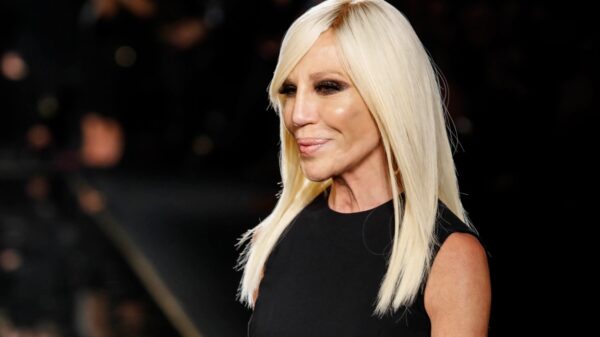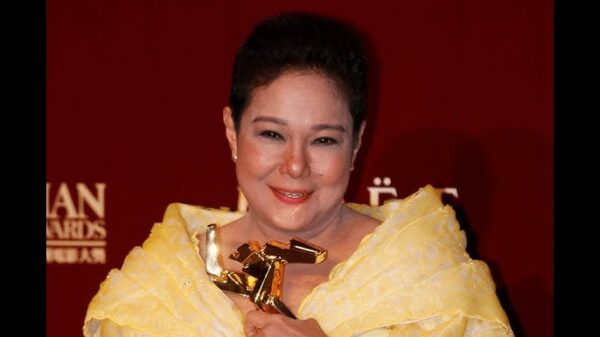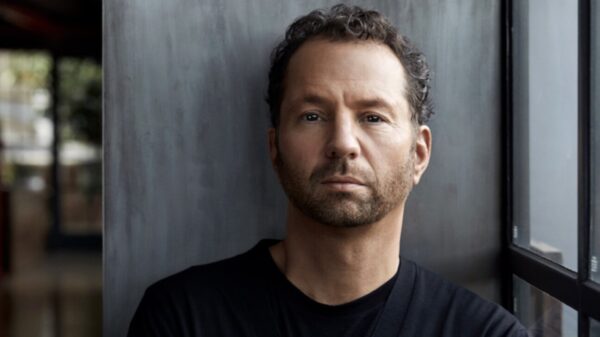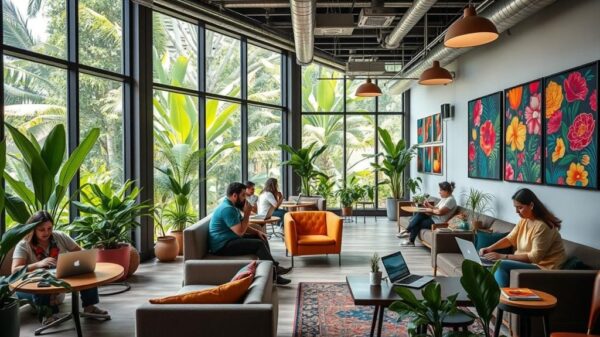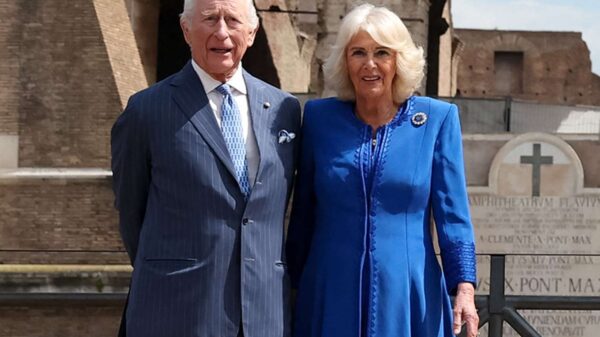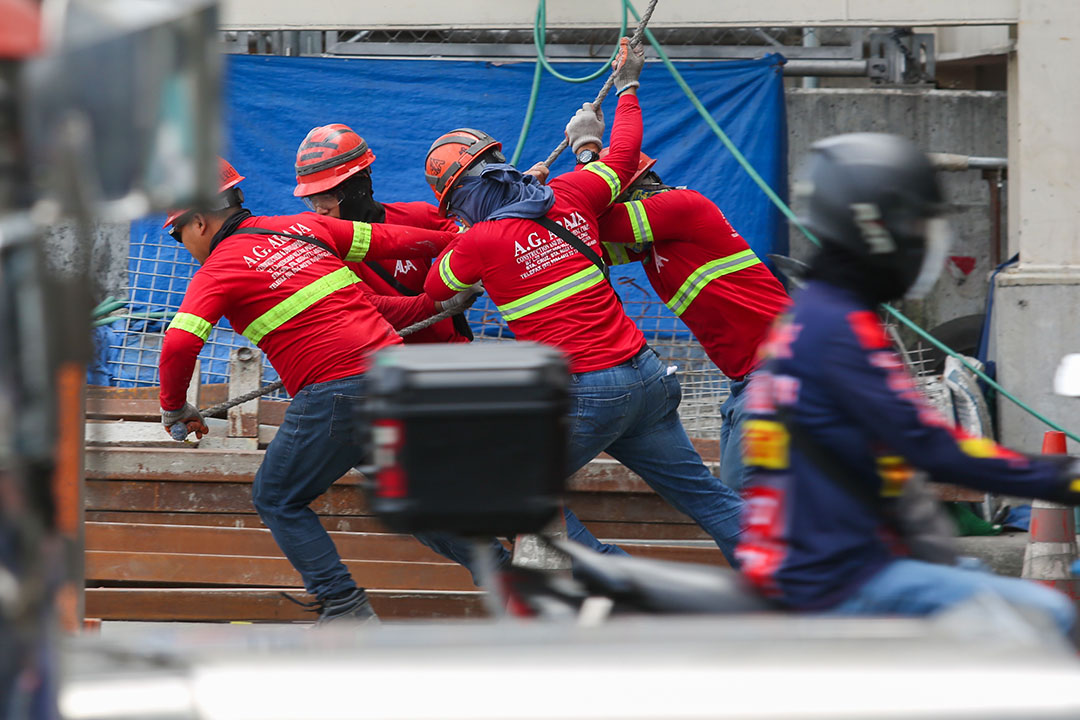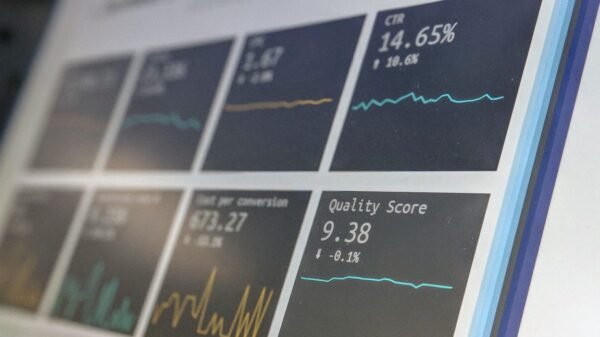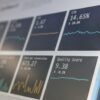GDP Growth Estimated at 5.8% in Q1
Economy Sees Modest Expansion to Start 2025
The Philippine economy is estimated to have grown by 5.8% in the first quarter of 2025, according to a poll conducted by BusinessWorld among private-sector economists. The projection signals continued economic resilience, although it remains slightly below the government’s full-year growth target of 6% to 7%.
Cooling Inflation Eases Pressure on Consumers
One of the key factors supporting the Q1 growth estimate is the easing of inflationary pressures. Consumer prices, while still elevated, have stabilized compared to 2023 levels. The deceleration in inflation has improved household purchasing power, encouraging moderate increases in consumer spending.
Pre-Election Spending Boosts Economic Activity
Government spending surged ahead of the midterm elections scheduled for May 2025. Increased public expenditure, particularly in infrastructure and social protection programs, contributed significantly to the economic expansion during the quarter.
Services Sector Remains a Primary Driver
The services sector continued to lead growth, with strong performances in retail, tourism, and transport. Easing of travel restrictions and increased mobility post-pandemic played a major role in revitalizing consumer-facing industries.
Construction and Infrastructure Projects Accelerate
Public and private construction activity picked up momentum, supported by both election-related spending and long-term infrastructure projects under the “Build Better More” program. The construction boom helped offset slower growth in other industrial sectors.
Agriculture Posts Modest Recovery
Agricultural output posted a modest rebound in Q1, aided by favorable weather conditions and increased government subsidies. However, supply chain challenges and persistent rural poverty continue to weigh on the sector’s overall performance.
Manufacturing Sees Mixed Results Amid Global Headwinds
The manufacturing sector delivered mixed results, with strong local demand for food and beverages contrasting with weaker electronics and export-oriented production. Global economic uncertainty and softer demand from key trading partners affected export volumes.
Remittances Continue to Support Household Consumption
Overseas Filipino Workers (OFW) remittances remained a key pillar of domestic consumption. The steady inflow of foreign currency provided families with additional spending power and helped stabilize the peso amid global market volatility.
Private Investments Show Signs of Recovery
Private sector investment rebounded modestly, reflecting improved business confidence and higher capital formation in select industries. However, some analysts noted that uncertainty over long-term policy directions has kept investment levels below pre-pandemic highs.
Unemployment Rate Drops Slightly in Q1
The country’s labor market showed further signs of recovery, with the unemployment rate falling slightly compared to the same period last year. Job creation in the services and construction sectors helped absorb new entrants into the workforce.
Analysts Caution Against Overoptimism
While the 5.8% growth estimate is encouraging, economists cautioned against premature optimism. External risks—including oil price fluctuations, geopolitical tensions, and the potential slowdown of major global economies—remain a threat to the Philippines’ growth trajectory.
Election Season May Skew Spending Trends
Analysts also noted that election-related spending, while stimulative in the short term, may not be sustained in later quarters. The post-election period could see a slowdown in government disbursements, potentially moderating growth in the second half of the year.
BSP Expected to Maintain Policy Support
The Bangko Sentral ng Pilipinas (BSP) is expected to maintain a supportive monetary stance as long as inflation remains within target. The central bank has indicated a willingness to keep interest rates steady to balance inflation control and economic growth.
Policy Reforms Remain Critical for Sustained Growth
Economists stress the importance of implementing structural reforms to sustain growth beyond short-term cycles. Key priorities include enhancing tax collection efficiency, addressing labor skill gaps, and fostering digital transformation across industries.
Conclusion: Steady Start Amid a Complex Environment
The estimated 5.8% GDP growth in the first quarter of 2025 reflects a cautiously optimistic outlook for the Philippine economy. As inflation stabilizes and government spending continues to support recovery, the country remains on a path of moderate growth. However, sustaining momentum will depend on a mix of prudent policy management, structural reforms, and resilience in the face of global uncertainties.

